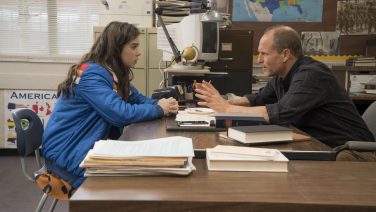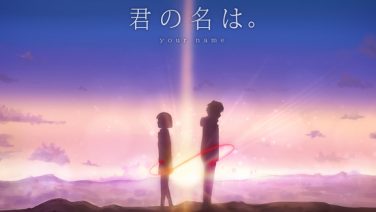Big Screen: Martin Scorsese’s Silence
February 21st 2017
James Ross

Martin Scorsese’s latest film, Silence, has been over 25 years in the making. Let’s think about that for a moment.
It has taken Martin Scorsese, one of the biggest names in modern cinema, over 25 years to gather the momentum to get his dream project off the ground. It begs the question – what is it about Silence that was so daunting for studios to back?
It might have something to do with the subject matter. Silence tells the story of two Jesuit priests who travel through 17th Century Japan to rescue their mentor (Liam Neeson) from a ruthlessly anti-Christian government. Father Rodrigues (Andrew Garfield) and Father Garupe (Adam Driver) don’t really have a firm plan, and are relying instead on their faith and fortune to stay safe in a hostile land.
As they seek refuge in Christian villages, they’re forced to watch in hiding as a vicious inquisitor persecutes the Japanese Christians. Importantly, the worst torture the inquisitor can inflict is not physical, but psychological, as he forces the villagers to renounce their faith. Rodrigues and Garupe are forced to bear witness, as they themselves question what it means to be a good Christian if others must suffer.
If those Christian overtones aren’t your bag, don’t be completely turned off – Silence isn’t too in-your-face. Scorsese resists bombastic soundtracks and dynamic tracking shots in favour of a stillness that we’ve only caught glimpses of in his earlier movies. It’s meditative, and gives you plenty of time to reflect and absorb the strength of his imagery.
In doing so, he channels the works of the great Japanese filmmakers (think Akira Kurosawa and Yasujiro Ozu), which acts as a nice counterpoint to a plot that otherwise could be interpreted as Western colonialism 101. Scorsese has effectively made a Japanese film for Western audiences, embracing a style that he’s admired for his whole career. It’s a gutsy move, but if Martin Scorsese can’t pull it off then who can?

Admittedly, the plot was a little slow at times, and I don’t want to be too harsh on Andrew Garfield but I think he was a poor choice for the lead. For a movie that emphasised stillness, we needed more restrained performances (like Adam Driver’s in Paterson), rather than the emotive show Andrew Garfield gave. It meant that Garfield’s Father Rodrigues felt a little too dogmatic, so blind in his faith that he became unlikeable.
In contrast, the most engaging performances were supporting characters, like the pitiable Kichijiro or the lost mentor Father Ferreira, played by Liam Neeson. Their doubt and nuance was fascinating, as much as the staunch advocacy of Father Rodrigues wasn’t.
Given that Scorsese gestated this idea for such a long time, it seems inevitable that parts of the film would lose out to others. It may not be the passion project Hollywood wished Scorsese would pursue, but I guess that’s the nature of passion projects. Like Rodrigues, Scorsese had an unwavering belief in this film, and for that reason alone it’s worth watching – especially if you’re a fan of either the director or Japanese cinema.
Want more Big Screen? Subscribe to the podcast.





